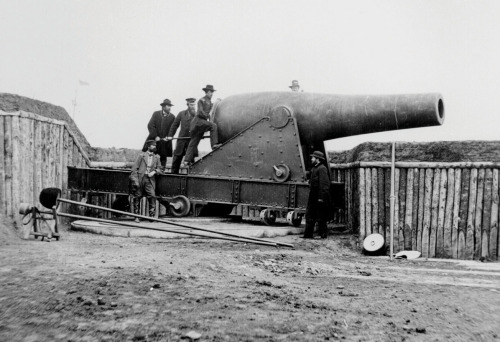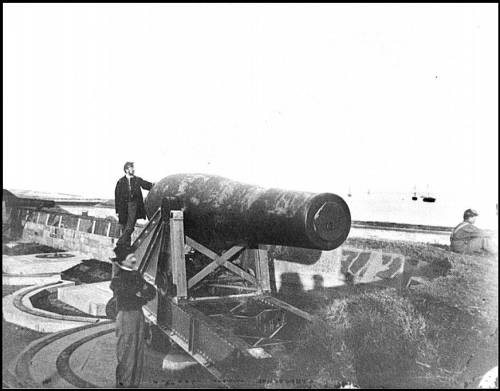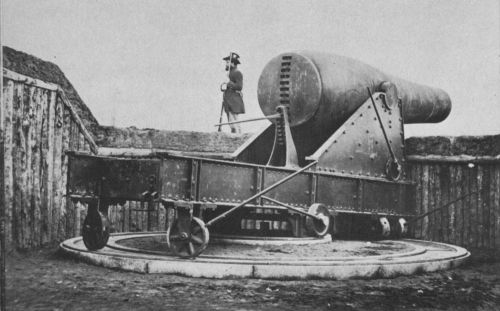peashooter85:The 15 and 20 Inch Rodman Columbiads,During the Civil War columbiads were very large sm
peashooter85:The 15 and 20 Inch Rodman Columbiads,During the Civil War columbiads were very large smoothbore guns that were popular for use in sieges and as coastal defense guns. They were especially common among Union forces since the north had the industrial capacity and resources to produce these large guns. In 1861 a Union artilleryman and ordnance engineer named Capt. Thomas Jackson Rodman developed a new way to cast iron cannon that was faster, more efficient, and produced guns that were stronger and safer to fire. The new columbiad Rodman designed had a curving soda bottle shape which reinforced the chamber, the point where the most pressure would occur when firing.As soon as the Union Army adopted the Rodman gun hundreds began to be produced in northern foundries. Most were produced at Fort Pitt Foundry in Pittsburgh, although others were casted in foundries at New York and New England as well. Calibers were 8 inch, 10 inch, and 15 inch. While the 10 inch was the most common with over 1,000 made, it was the 15 inch that was the most prized, of which 323 were produced. Manned by a crew of 12, the 15 inch Rodman gun could fire a 400 lb iron ball 5,000 yards (almost 3 miles) using a 40 lb charge of gunpowder. The massive gun itself weighed almost 50,000 lbs. Due to their long range most were used as coastal defense guns to protect ports against Confederate raiders. None of the 15 inch guns were ever fired in anger. A number 10 inch Rodmans were used to bombard Confederate cities such as Vicksburg, Petersburg, and Richmond.In 1864 the Fort Pitt Foundry pushed the envelope by producing three 20 inch Rodman guns. The gigantic guns weighed twice as much as the 15 inch, and could fire a 1,000 lb iron ball 8,000 yards (4.5 miles) using a 200 lb charge of gunpowder. Two were stationed at Fort Hamilton, NY while a third was produced for the warship USS Puritan.Altogether 1,840 Rodman guns casted during the American Civil War. Today 140 survive and can be seen at various historic coastal fortifications across the Atlantic coast. -- source link



